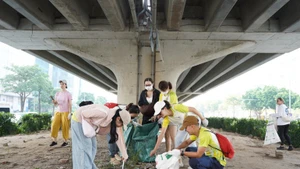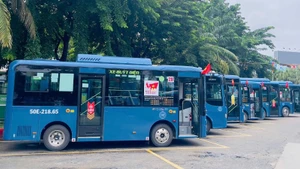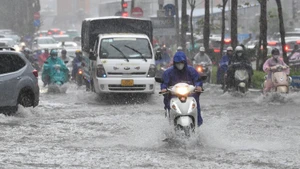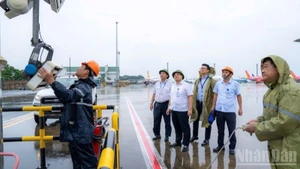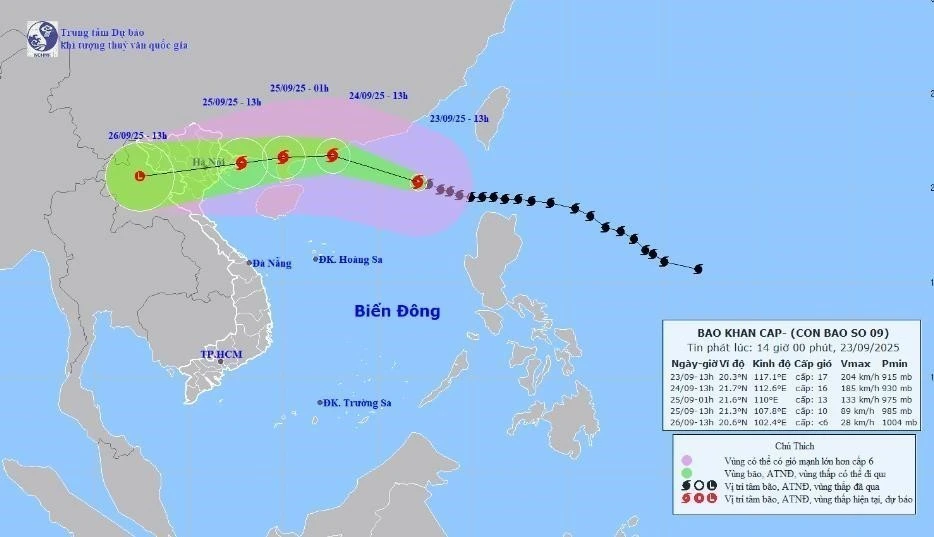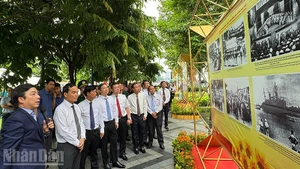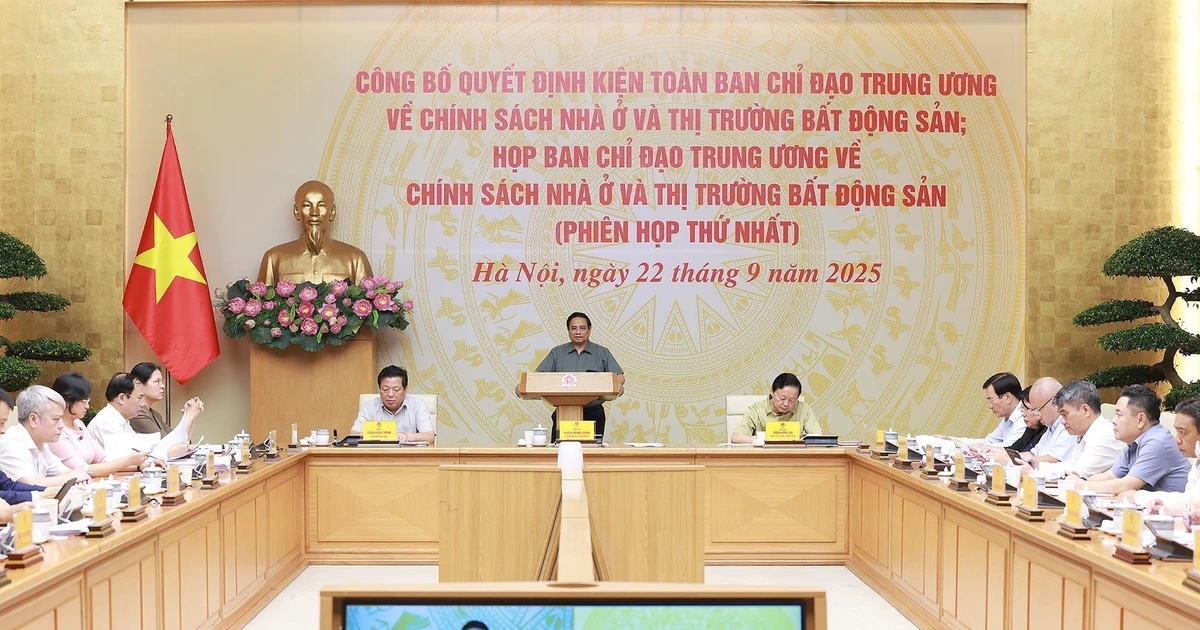According to widely released figures, the administrative reform aimed at streamlining staff and shrinking the state apparatus has reduced the number of provinces and cities from 64 to 34, including six centrally governed cities. At grassroots level, there are now 3,321 administrative units (2,621 communes, 687 wards and 13 special zones), down sharply from 10,035 previously, while the intermediate district level has been abolished altogether.
Expectations for transit-oriented urban development
The rearrangement of provincial boundaries has created a pressing need to draw up entirely new master plans for each (new) province, even where previous plans had already been approved. This is necessary to reflect changes in urban functions, local development orientations, and the connectivity of transport and infrastructure systems.
Subdivision and detailed plans in former administrative areas will also need to be revised, or integrated, to match the new master plans. This offers an opportunity to review shortcomings in approved master plans, including those for the capital Hanoi and Ho Chi Minh City, and to make timely adjustments suited to the nation’s development in a new era.
The new plans, supported by artificial intelligence (AI), big data, the Internet of Things (IoT), cloud computing and geographic information systems (GIS), must be development-oriented, embodying fresh thinking and a modern vision, while prioritising long-term sustainability, national prosperity and the well-being of the people in the face of climate change and complex global geopolitics.
Looking ahead, the North–South high-speed railway, a strategic backbone project for the economy, with an estimated investment of 67 billion USD, will be built alongside the expanding expressway network. Together, they will establish national urban development corridors linking major cities such as Ha Noi, Vinh, Da Nang, Nha Trang and Ho Chi Minh City, as well as towns along the route.
With the rise of transit-oriented development (TOD), clusters of new urban areas, service hubs, commercial centres and economic zones will emerge around major railway stations, attracting populations, easing the burden on central administrative cities, and redrawing demographic maps in provinces along the line. In this way, the high-speed railway and expressway system will fundamentally reshape the spatial development of urban areas and restructure the national transport network in a modern, systematic manner.
Efficient, context-specific, and disaster-resilient development
Another pressing issue lies in the management of public assets. Following the mergers, the Ministry of Home Affairs reports that, in addition to 33,956 functional public offices, more than 4,226 state buildings have become redundant. Local authorities now face the task of repurposing these facilities as schools, healthcare centres, public housing, or venues for cultural and sporting activities. Swift action is needed to avoid waste and loss of public resources.
Recently, the Politburo approved investment in combined boarding schools for primary and lower-secondary education in 248 land-border communes, at an estimated cost of 150 billion VND per school. This marks the first time Viet Nam has adopted such a model in its border regions.
In reality, education in these areas still faces many difficulties, poor infrastructure, temporary or unsafe classrooms, teacher shortages, difficult access, and unsafe conditions during storms and floods. Crucially, each border commune has distinct geographic and infrastructural conditions. A one-size-fits-all model is not feasible. Thorough assessments of land availability, transport access, power, clean water, and environmental conditions must be conducted before construction, ensuring school designs are suited to local lifestyles, cultural traditions, and the rugged terrain prone to floods and landslides caused by climate change.
To build and renovate the 248 boarding schools, 100 of them piloted in 2025 as directed by the Politburo, funding will come not only from the state budget but also from enterprises, social resources, and, importantly, the active involvement of architects and professional associations in designing these schools. The architecture must be sustainable, safe, simple, culturally distinctive, and economically viable for mountain border areas, while preventing waste and malpractice, in line with the Politburo’s requirements.
This is the foundation and guiding principle for architects and planners to ensure that, after this “reshaping of the nation,” Viet Nam emerges with a modern landscape that remains rich in cultural identity and imbued with humanity.



